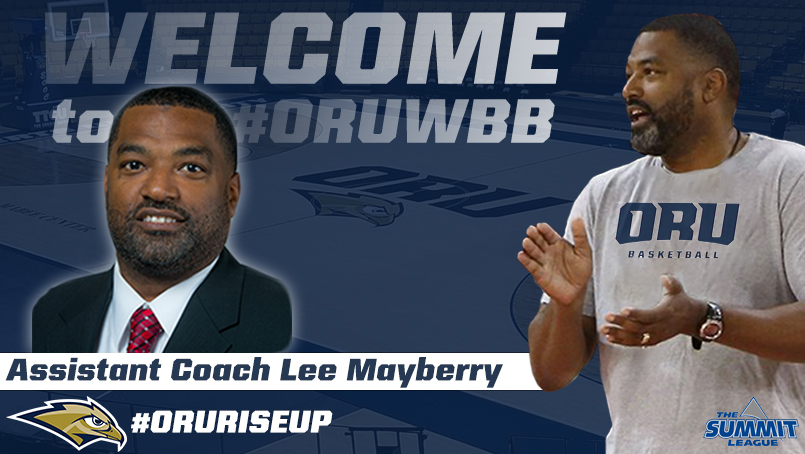
The Oklahoma Eagle Newswire
By Charlene Crowell
With 44 million consumers owing student debt that now reaches $1.5 trillion and still climbing, a lot of people want to better understand how and why this unsustainable debt trajectory can be better managed. For Black consumers who typically have less family wealth than other races and ethnicities, borrowing is more frequent, and as a result, often leads to five figure debts for undergraduate programs and well beyond $100,000 for graduate or professional degrees.
Besides deep debt incurred to gain a college education, another sphere of concern presents yet another financial hurdle: student loan defaults.
New researchby Judith Scott-Clayton of the Brookings Institution focuses on explaining these defaults and what happens once they occur. Her research shows that a large racial gap exists in default rates between Black student loan borrowers and their White counterparts. This gap can only be partially explained by controlling for multiple socio-economic and educational attainment factors.
After accounting for variations in family wealth and income, differences in degree attainment, college grade point average and even post-college income and employment, a stubborn and statistically significant 11 percentage point gap remains between Black and White student loan borrowers. Before adjusting for these factors, the gap is 28 percent, with Black borrowers defaulting at a rate of more than double that of Whites — 49 percent compared to 21 percent over 12 years.
The research also finds a strong disadvantage to attending for-profit colleges, in which Black students disproportionately enroll. More than a decade after leaving school, and accounting for the same background and attainment factors listed above, loan defaults of for-profit college borrowers exceed those of two–year public sector peers by 11 percent.
The author points to the need to understand what influences the “stark” remaining divide.
“The better we can understand what drives these patterns,” wrote Scott-Clayton, “the better policymakers can target their efforts to improve student loan outcomes.”
Among these influences are the widening racial wealth gap. As Black student debt is typical heavier and often takes longer to repay, the ability to build wealth becomes a heightened challenge. Years that might have been opportunities to become homeowners or begin other investments can have lengthy deferrals due to large student loan debts.
Similarly, a new report by the Consumer Financial Protection Bureau (CFPB) that focused largely on student loan repayment reached a similar conclusion. Authored by Thomas Conkling, the new CFPBresearch examining borrowers who were unable to fully repay their student loans early, “suggests that their required monthly student loan payments constrained their ability to pay down other debts.” CFPB also found that the typical student loan repayment lasts a full decade with equal monthly payments. Further, borrowers repaying on schedule are not more likely to become first-time homeowners.
A portion of the Brookings report provides useful information that could help those at risk or in default. Loan “default is a status, not a permanent characteristic.” Four ways to get out of default are cited: rehabilitation, consolidation, paying in full, or have a loan discharged.
For my money, paying in full is seldom a practical option unless someone’s lottery numbers hit a jackpot. But the other three options offered could begin to chart a path in important ways.
Rehabilitation of student loan defaults can only be used one time. It also requires, according to Brookings, successfully making 9 payments over 10 months.
A second option, consolidating defaulted loans, can end default more quickly and is used by more than half of Blacks who have defaulted.
In recent years, loan discharge has been frequently pursued, especially by former students of now-defunct for-profit institutions. Others choosing public service careers may be eligible for loan forgiveness depending upon the type of loan, servicer assistance and employment.
Any loan default will worsen credit scores and will be a part of a consumer’s credit record for up to seven years. During this time, the cost of credit for other goods and services will be higher, and additionally cost many job applicants to lose out on employment opportunities. For several years, credit score screening has become a part of the job application process for many employers.
“The numbers show that our current system is not working, and that higher education is not providing the pathway to financial stability that it once accomplished,” said Ashley Harrington, Policy Counsel and Special Assistant to the President of the Center for Responsible Lending. “We need federal and state policymakers to take concrete steps to effectively address this crisis, such as better regulation of for-profit colleges.
“As for loan servicers, it is time to hold them accountable for their errors,” continued Harrington. “Standardizing income-based repayment plans, and when appropriate, refinancing of student loans, should be offered as alternative options before allowing borrowers to default.”
###
Charlene Crowell is the Communications Deputy Director with the Center for Responsible Lending. She can be reached at charlene.crowell@responsiblelending.org.










